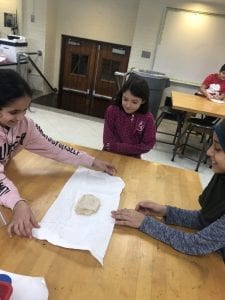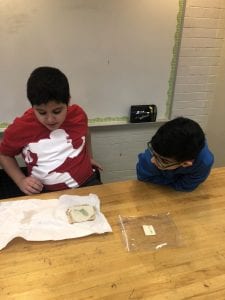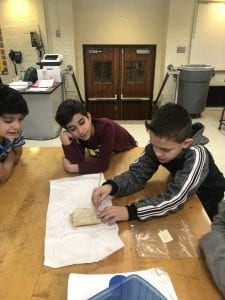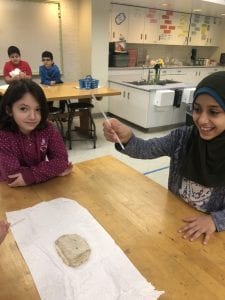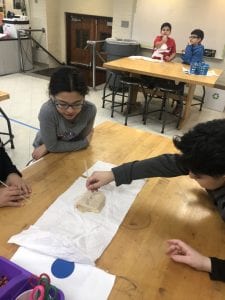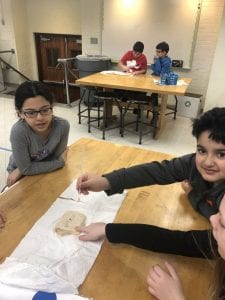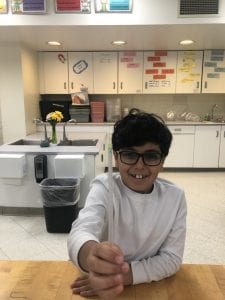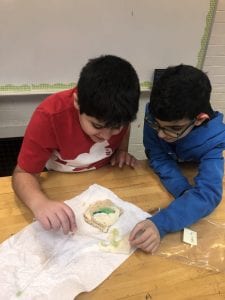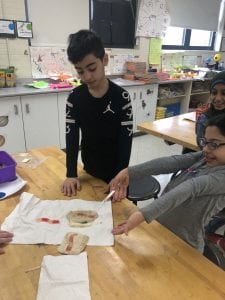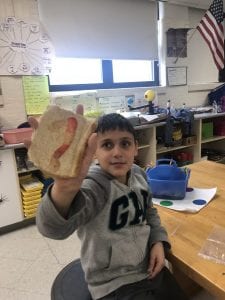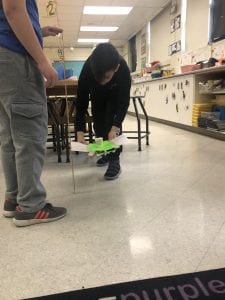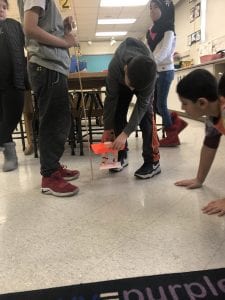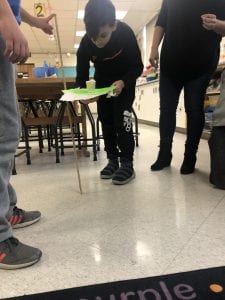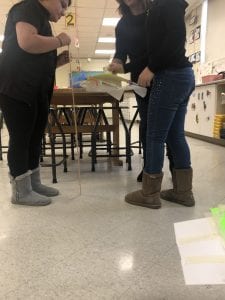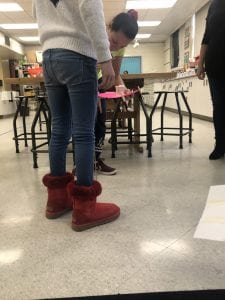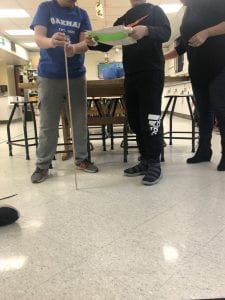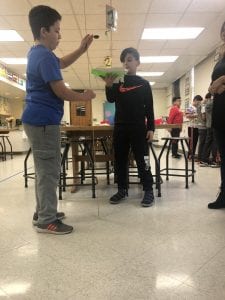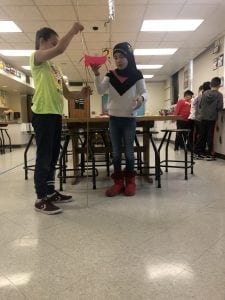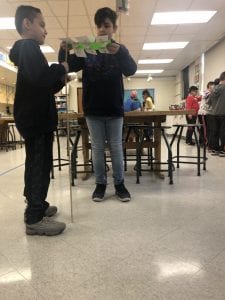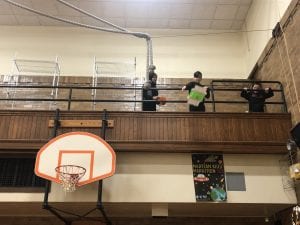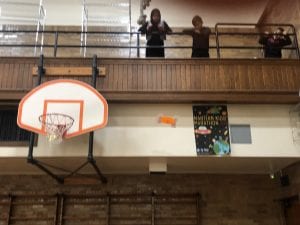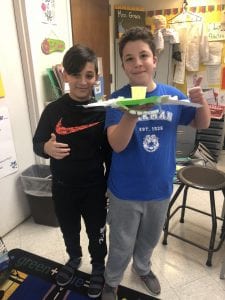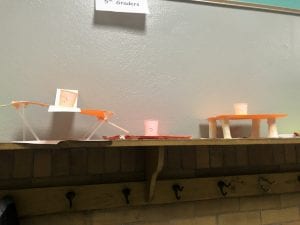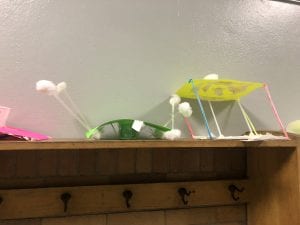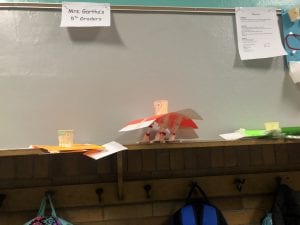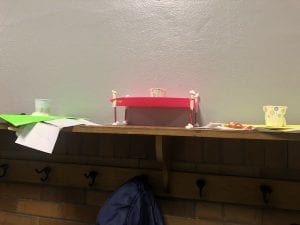Young 5’s
I can understand what a habitat is by sorting animals that live on land, animals that live on water, or both.
I can orally give one example of an animal who lives on land and one that lives in water.
Sentence Stems:
_________________ lives on land.
_________________lives in the water.
______________lives on land and water.
Vocabulary: habitat, needs, survival
Kindergarten
I can understand what a habitat is by sorting animals by where they live(desert, pond, jungle, polar, ocean, forest).
I can orally give one example of an animal and explain where it lives and why.
Sentence Stem:
__________________ lives ________________ because______________.
Vocabulary: habitat, needs, survival, desert, polar, jungle, ocean, forest, pond
First Grade
I can demonstrate comprehension of animal traits by choosing 2 animals and creating a new animal with traits from both of the chosen animals.
I can draw and orally explain my created animal and label it’s external parts.
Sentence Stems:
My animal is named______________.
It has ______________ and ________________ traits from
_________________.
It has _________________ and _________ traits from ___________________.
Vocabulary: traits, external parts, parent, offspring, resemble
1-LS3-1
Second Grade
I can demonstrate comprehension about plant parts and functions by exploring and conducting an investigation through dissecting and comparing a dry seed and a soaked seed to find out the job of a seed.
I can draw and write to explain my observations of a soaked and dry seed. (Answer questions on provided sheet)
Vocabulary: plant parts- seed, leaves, roots, stem, flower, seed coat, food storage, embryo(baby plant)
L-S2-1
Third Grade
I can demonstrate comprehension about animal and plant traits and behaviors by playing a Domino card game where I have to identify the difference of instincts, learned behavior, and inherited traits.
I can orally give an example of an inherited trait, natural instinct, and learned behavior.
Sentence Stems:
An example of an inherited trait is ____________________.
___________________ is an example of a learned behavior.
An example of an instinct is when_____________________________.
Vocabulary: inherited, learned, instinct, acquired, heredity, traits, offspring
3-LS3-1
Third/Fourth Grade-Logel’s class
I can demonstrate comprehension of body systems by participating in the Mystery Science activity “Why Do Your Biceps Bulge,” where I build a robot finger to see how the body parts work as a system to help move my finger.
I can orally explain how my finger parts work as a system.
Vocabulary: system, tendon, muscle, bone
4-LS1-1
Fourth Grade-Elward’s and Mosed’s
I can demonstrate comprehension of external parts of living things serve as purpose by participating in a “Bird beak” activity( various beaks-tweezers, scissors, chopsticks, slotted spoon, straw will be used to pick up various foods -juice(nectar), rice(seeds), berries(gummy bears), meat(large marshmallows), and bugs/animals(wet noodles).
I can explain in writing which type of bird and bird beak is best for which food and why.
Sentence Stems:
The _________________ beak is _____________ . It is able to best eat ___________________ because____________________.
Vocabulary: external parts, functions, habitat, environment, survival
4-LS1-1
Fifth Grade
I can demonstrate comprehension of the components of an Ecosystem by identifying abiotic (non-living) and biotic (living) things found in various ecosystems and how they depend on each other for survival.
I can explain by writing the abiotic and biotic components of a pond ecosystem and orally share my findings.
Vocabulary: ecosystem, survival, abiotic, biotic
